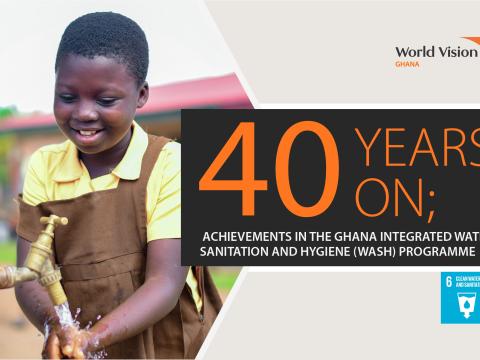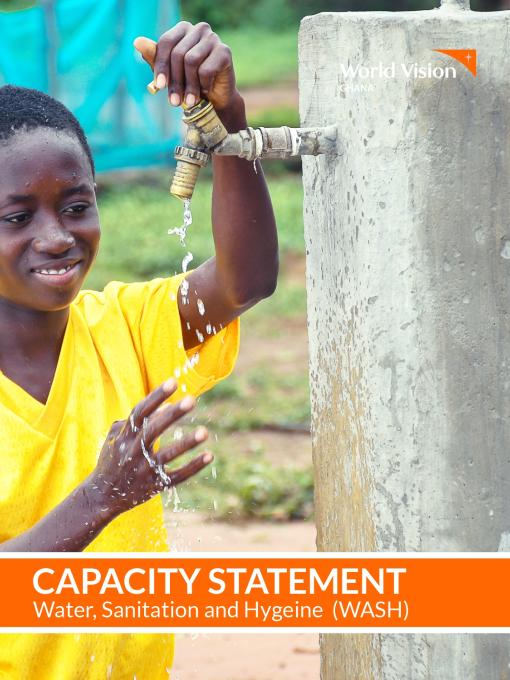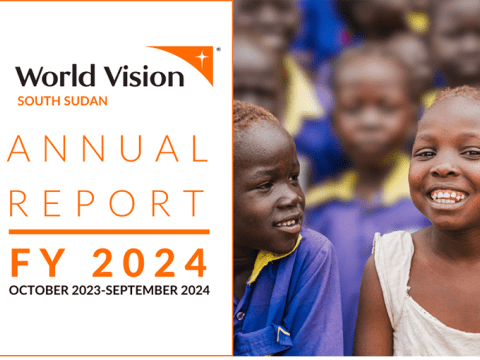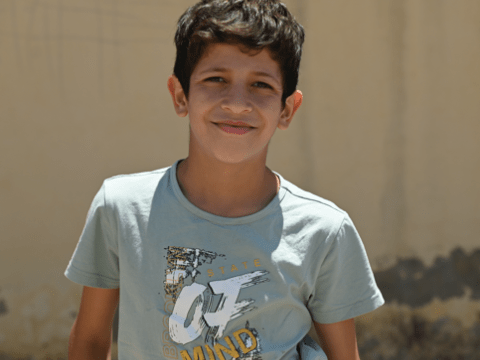Case study: Transforming internally displaced persons’ livelihoods in Melut County
Download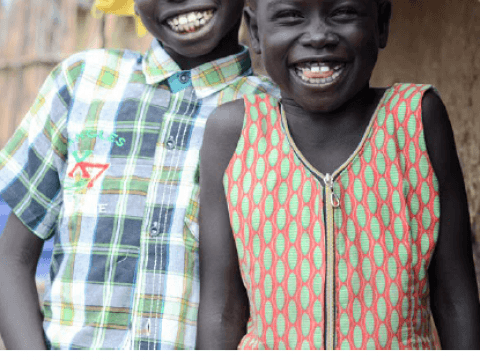
The Dutch Relief Alliance took action to strengthen the resilience of displaced people in Upper Nile state from 2015 to 2017.
The Dutch Relief Alliance funded a World Vision emergency livelihood programme that responded to the needs of people who escaped violent conflict in South Sudan's Upper Nile region and addressed long-term food insecurity challenges.
The programme was part of an integrated response to meet not only food security and livelihoods needs, but also water supply, sanitation and hygiene (WASH) - sectors with the most urgent and highest needs.
The project took place in Upper Nile State has an estimated population of 1,214,871. Of these, 951,716 require humanitarian aid.
Protracted conflict in the state has disrupted an already weak WASH service delivery system. Multiple displacements of population and temporal relocation of humanitarian agencies due to insecurity in 2015 caused further disruption of WASH services.
In many internally displaced persons settlements, there were insufficient water points and open defecation was rampant due to shortage of latrines.
In addition, women of child-bearing age lacked access to menstrual management supplies.
People require better access to safe drinking water as well as sanitation and hygiene services and supplies. Communities in need are:
- Wau Shilluk - 21,000 internally displaced people
- Kodok - 16,000 internally displaced people and host community members
- Dengtoma 1 and 2 - 21,000 internally displaced people
- Kor Adar - 9,000 internally displaced people
The second phase of the South Sudan Joint Response project was implemented in these sites to address these needs.
Details about the project and World Vision's activities included in the PDF.
